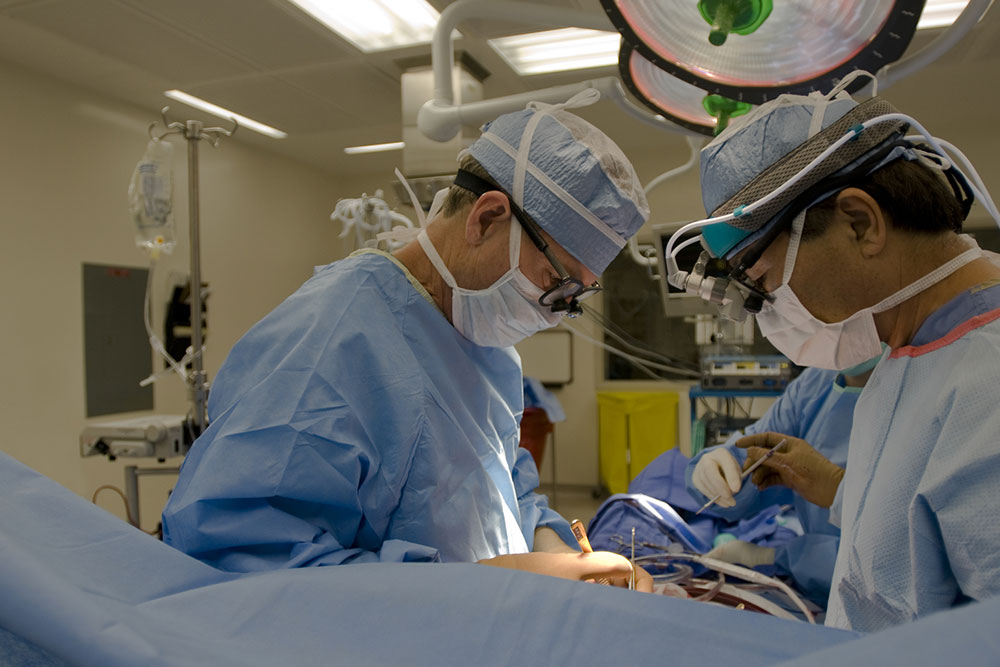
Gastric sleeve surgery – Procedure, costs, and safety
Gastric sleeve surgery, called sleeve gastrectomy, is a bariatric surgery. During the procedure, the surgeon removes a large portion of the stomach and leaves behind a narrow “sleeve.” A smaller stomach helps restrict calories and reduces hunger signals. Gastric sleeve surgery is usually offered to enable individuals with severe body mass index issues to live a healthier lifestyle. Below, the article covers some essential factors one needs to consider before opting for the surgery.
Overview
Gastric sleeve surgery removes about 80% of the stomach, leaving behind a tubular “sleeve” about the size and shape of a banana. It is a simple method to restrict the amount of food one may be inclined to eat in one sitting, making them feel full faster. The procedure also helps bring down the hunger hormones that the stomach produces, which limits one’s appetite and cravings. Therefore, someone who undergoes gastric sleeve surgery may lose the impulses that make them want to have excess food.
Procedure details
There are a couple of things that one needs to know about the procedure of gastric sleeve surgery.
Eligibility criteria
To qualify for the surgery, one has to meet certain criteria, as given below.
The individual must have a severe unhealthy gain in pounds (class III), which is determined by their body mass index. The BMI is calculated by one’s body mass, height, and related health conditions. Class III indicates a BMI of 40 or higher or a BMI of 35 with at least one related disease.
The patient must have tried methods to reduce the number of pounds but not succeeded prior to the surgery. In such situations, the individual might have to spend three to six months on a supervised plan to balance their BMI before the insurance company approves and covers the surgery.
The person must be physically and mentally prepared for the surgery and recovery. One may have to meet with a team of healthcare experts for adequate counseling and screening sessions.
Steps before the surgery
If an individual has passed the health screening and qualifies for bariatric sleeve surgery, the next step includes a two-week liquid-only regime. The expert will specify the guidelines for the patient to follow. The objective of the plan is to lose some of the fat in the abdomen and the liver to make the surgery safer. The individual might also be asked not to eat or drink anything for 12 hours before the surgery. This helps ensure that the stomach is empty during the procedure. If there is food and liquid in the organ during the surgery, it could cause adverse side effects.
During the procedure
The entire surgery might take about 60 to 90 minutes, but the professional might still recommend staying in the hospital for a day or two for observational purposes. Here is a basic outline of what a typical gastric sleeve surgery can look like:
The surgeon administers general anesthesia to ensure the patient is asleep during the process.
A small cut is made by the professional in the abdomen (about half an inch long), and a port is inserted. After this, the expert pumps carbon dioxide gas through the port to expand the abdomen.
The next step involves placing a small lighted video camera through the port, which projects the patient’s insides on a screen.
Through one to three additional incisions, the expert may insert additional ports and complete the procedure with the help of long, narrow tools.
The gastric sleeve is measured and divided, and the remainder of the stomach is divided and separated with a surgical stapler.
The surgeon removes the remainder of the stomach and closes the incisions.
Cost
The cost of a gastric sleeve surgery may differ from one patient to the next. The average price is about $9,000, which ranges from $7,000 to $33,000. The cost of the procedure may include associated fees such as anesthesia, surgeon’s fees, hospital facility fees, pre-operative lab and x-ray fees, and follow-up care. One should note that the amount they pay may vary based on the surgeon, practice locations, and the number of days needed in the hospital. Other costs may include working with nutritionists or other professionals following the procedure, which may range from $70 to $100 per visit. Many insurance companies may cover at least part of the cost if there is a serious health condition present related to the individual’s BMI.
Safety
One should ask one’s team of doctors about the potential complications and risks to get an answer to the question, ‘Is the gastric sleeve safe?’ Various health complications may come from having a high body mass index. So, while there might be side effects to gastric sleeve surgery, they usually outweigh the ones that existed or potentially put one at risk before the procedure. Furthermore, gastric sleeve surgery has lower complication rates than other operations, such as gallbladder removal and hip replacements. Most procedures are carried out by minimally invasive surgical methods, which translates to less pain from incisions and quicker recovery time.




